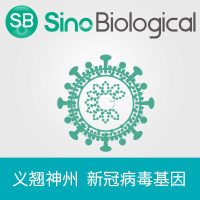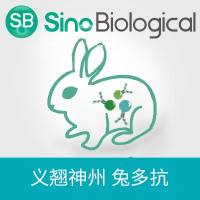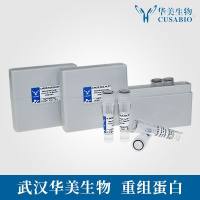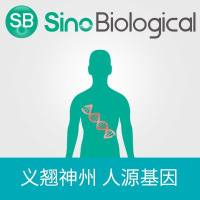Gutted Adenoviral Vectors for Gene Transfer to Muscle
互联网
532
Adenoviral vectors are a popular choice for gene transfer protocols because they are well characterized, have a relatively large cloning capacity (up to 36 kB), and can be grown to high titers (1013 particles/mL) (1 ). Despite these attributes, first-generation adenoviral vectors retain many viral genes that can elicit a strong immune response, severely limiting their utility for studies in vivo (2 ). Our laboratory and others have been developing “gutted” or helper-dependent adenoviruses, which lack all viral coding sequences and therefore should greatly enhance the persistence of the vector in vivo (3 ,4 ). We have used this technology to deliver to muscle full-length cDNAs of the largest known gene, dystrophin, under control of the mouse muscle creatine kinase enhancer plus promoter (4 –6 ).









